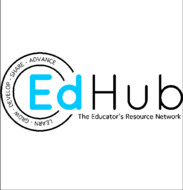CCSS Professional Development: Math Module 1
(View Complete Item Description)Through funding provided by Georgia’s Race to the Top initiative and in partnership with the Georgia Department of Education, new self-paced common core professional development course Mathematics teachers. The Georgia Department of Education has developed two flexible, ready-to-use courses intended to support Georgia educators in the understanding and effective implementation of the CCGPS. The courses may be used by individual educators, professional learning communities, or by districts or schools. The time required for the courses may be customized for a variety of applications by expanding the amount of time spent on the activities and in discussion. Each course contains hands-on activities, related readings and research, recommended topics for discussion, web and video resources, and self-assessments. The content of the courses was developed under a grant from the U. S. Department of Education. However, the content does not necessarily represent the policy of the U. S. Department of Education, and endorsement by the Federal Government should not be assumed.
Material Type: Teaching/Learning Strategy, Unit of Study




















